Cochem Imperial Castle Cardboard Modelkit
$35.69
- Buy with confidence, backed by quality.
- Online assistance, always just a message away.
- Quick responses, top-notch service.
- Your Security is Our Promise

Cochem Imperial Castle stands on a hilltop overlooking the River Moselle and is the town’s landmark. It was probably built at the beginning of the 12th century as a medieval customs castle. Extensive reconstruction work probably took place in the 14th to 16th centuries. In the 17th century the castle was destroyed down to its foundation walls. Before the new building was erected in the 19th century, evidence was found of an octagonal tower, a curtain wall, dwelling houses, outbuildings and three gateways of the former castle.
The first lord of the castle was Count Palatine of Ballenstedt. When there was a dispute over his succession after his death, King Konrad III conquered the castle. He made it the administrative seat for the surrounding imperial estate. Since then, the castle has been called an imperial castle. Imperial castles were castles of the Roman-German elective kings. They belonged to the king’s realm, but not to his estate. After the king’s death, it was not his kinsmen who inherited the castle, but the next elected king.
In the 13th century, the castle complex was pledged to the Archbishop of Trier. This gave him jurisdiction and a secure source of income through the Moselle customs duty. In the 17th century, during the Palatinate War of Succession, the castle was shot at, conquered, set on fire and blown up by troops of the French king. The estates were in French possession until the Congress of Vienna in 1815, after which they were ceded to Prussia. The Berlin merchant Ravené acquired the lands and had a new building constructed on the ground plan of the former castle. This new building corresponded to the taste of 19th century castle romanticism. Neo-Gothic elements were added in the period of Historicism.
In 1942, Cochem Castle was turned over to the Ministry of Justice, which used it as a training centre from 1943. During this time, works of art such as the mosaic painting of St. Christopher from 1870 disappeared or were destroyed. In 1947, the state of Rhineland-Palatinate established an administrative school at the castle. Since 1978, the castle has been owned by the town of Cochem. Today there are rooms for events and celebrations as well as a castle museum. The castle is considered to be protected cultural property according to the Hague Convention and is on the State Monument List of Rhineland-Palatinate.
Reference :
Cardboard modelkit
Scale : 1:160
SCHREIBER-BOGEN
Who is the manufacturer SCHREIBER-BOGEN and what are its specificities?
You’re a fan of car models? Discover the SCHREIBER-BOGENcollection, a great specialist in cardboard models.
Schreiber-BOGEN covers: specificities and different models
Who is the manufacturer SCHREIBER-BOGEN?
The German company SCHREIBER-BOGEN manufactures cardboard models as real as they are nature, intended for decoration or manual activities. SCHREIBER-BOGEN conceptualizes constructions that are both flexible and lightweight, which can be disassembled and moved as you wish. The modellers cut the cartons with the greatest precision in order to reproduce as faithfully as possible the main remains and emblematic buildings of the world. Discover the HO-scale cardboard model of the most beautiful castles, churches and cathedrals, historic buildings and much more, made by SCHREIBER-BOGEN.
If you are passionate about tourism, reproduce the best memories of your adventures through the models of the most beautiful monuments in Europe such as the Eiffel Tower in cardboard. You can even launch your collection of historic cardboard buildings or models of vintage cars made entirely from colorful and sturdy cardboard. Impress your friends by giving free rein to your imagination with the models ready to mount. Follow the instructions and indulge in this fun and challenging manual activity. SCHREIBER-BOGEN has impressive surprises in store for you with its planes and paper cars that can roll.
What are schreiber-bogen’s specialties?
SCHREIBER-BOGEN is mainly dedicated to the construction of dioramas and cardboard models that are presented at exhibition fairs.
Tourist models
Bymi the SCHREIBER-BOGEN model specialties are buildings of tourist interest such as castles and towers, large administrative buildings, churches, synagogues and mosques and of course planes[How to make a model of an aircraft?] and boats. Each product is made solely from cardboard glued or nested between them, presenting the most striking details of these built heritages.
Custom models
But apart from the dioramas of tourist sites and cardboard models of different constructions, SCHREIBER-BOGEN also offers models to order for professionals and individuals. Thus, there are special collections for children consisting of motor games and cardboard figurines, and much more:
DIY Music Box
● Board football stadium;
● Board cirque;
● Train;
● Boardboard;
● Boardmontagne;
● Board city;
● Board display;
● Board boat;
● Board floor;
● Board strong plaster;
● Board deck;
● Boardroom .
In December, SCHREIBER-BOGEN offers a special Christmas collection.
What are the most popular SCHREIBER-BOGEN ranges?
What SCHREIBER-BOGEN models stand out and are popular on the market. This is the case, for example, of the SCHREIBER-BOGEN Titanic in honour of the famous ship with a tragic fate, or the research vessel Meteor belonging to the Us army. The scale of his model boats is 1/200 and they are about 40 cm long. Among the famous products is also the Colosseum in Rome on a scale of 1/400, perfect for decorating your Italian restaurant.
What are the most common SCHREIBER-BOGEN products?
Here are some of the most common SCHREIBER-BOGEN products:
● Board house,castles, cardboard church and miniature mosques;
● Avion and cardboard aircraft model plan, cardboard model plane plan;
● Famous cardboard boats like the Titanic;
● Board Pinder cirque;
● Board Eiffel Tower;
● Board hanging bridge;
● Boardphare;
● Smoke box;
● Etc.
| Brand | SCHREIBER-BOGEN |
|---|---|
| Reference | 800 |
| Type of product | Cardboard modelkit |
| Scale | 1:160 |
| Material | Cardboard |
Be the first to review “Cochem Imperial Castle Cardboard Modelkit” Cancel reply
Related products
Metal model kits
Cardboard model kits
Wood and metal model kits
Cardboard model kits
Wood and metal model kits
Wood and metal model kits
Cardboard model kits
Wood and metal model kits
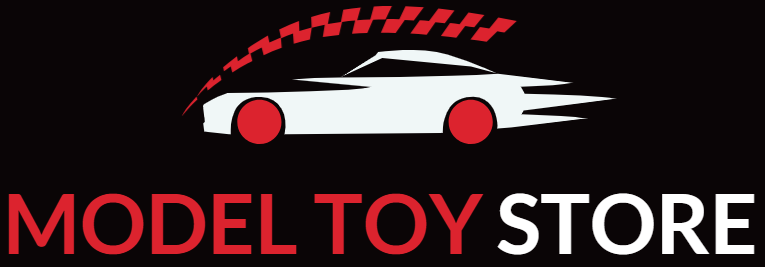
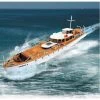
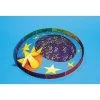


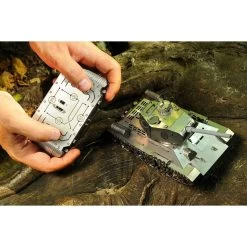



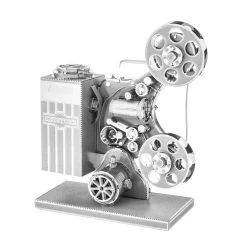

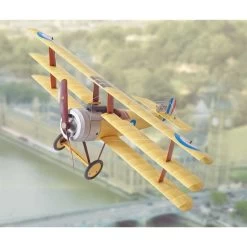
Reviews
There are no reviews yet.